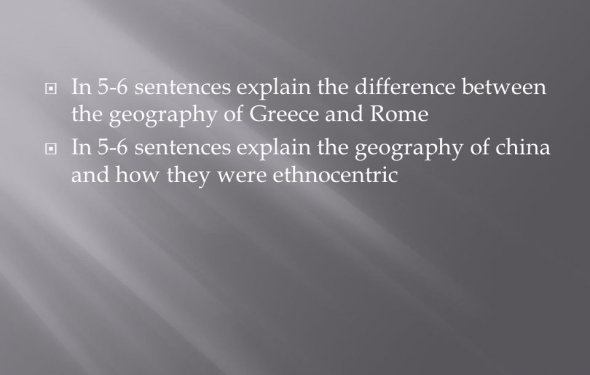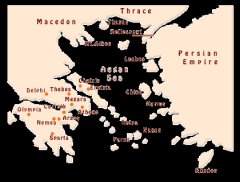Geography of Greece and Rome

is the symbol of freedom, art, and democracy in the conscience of the civilized world. The capital of Greece took its name from the goddess Athena, the goddess of wisdom and knowledge.
In Athens memory never fades. Wherever you stand, wherever you turn, the city's long and rich history will be alive in front of you. This is where that marvel of architecture, the Parthenon, was created. This is where art became inseparable from life, and this is where Pericles gave the funerary speech, that monument of the spoken word. In the centre of town are two hills, the Acropolis with the monuments from the Age of Pericles, and Lycabettus with the picturesque chapel of Ai Giorgis.
Ancient ruins provide a vivid testimony to the glory of Athens, hailed by many people as the cradle of western civilization.  Sparta a beautiful town near the river Evrotas, located in the centre of the Peloponnese in southern Greece, is the capital of the prefecture of Lakonia. SPARTA ( known in Greek as Sparti) has a history which dates back to the Neolithic period, at least 3, 000 years before Christ.
Sparta a beautiful town near the river Evrotas, located in the centre of the Peloponnese in southern Greece, is the capital of the prefecture of Lakonia. SPARTA ( known in Greek as Sparti) has a history which dates back to the Neolithic period, at least 3, 000 years before Christ.
Even in its most prosperous days, it was merely a group of five villages with simple houses and a few public buildings. The passes leading into the valley of the Evrotas were easily defended, and Sparta had no walls until the end of the 4th century BC. The city itself was destroyed by the Goths under their king, Alaric I, in 396 AD.
Modern Sparta, founded by the government in 1834, occupies part of the site of ancient Sparta and is the capital of the department of Laconia. Excavations of the ancient city have uncovered ruins of temples and public buildings as well as a theatre dating from the Roman period, but the sparse remains are insignificant for a city of such renown in antiquity. Olympia ancient sanctuary and site of the ancient Olympic Games, located in the western Peloponnese, 10 miles (16 kilometres) inland from the Ionian Sea, near a point where the Alpheus (Alfios) and Cladeus (Kladios) rivers meet.

